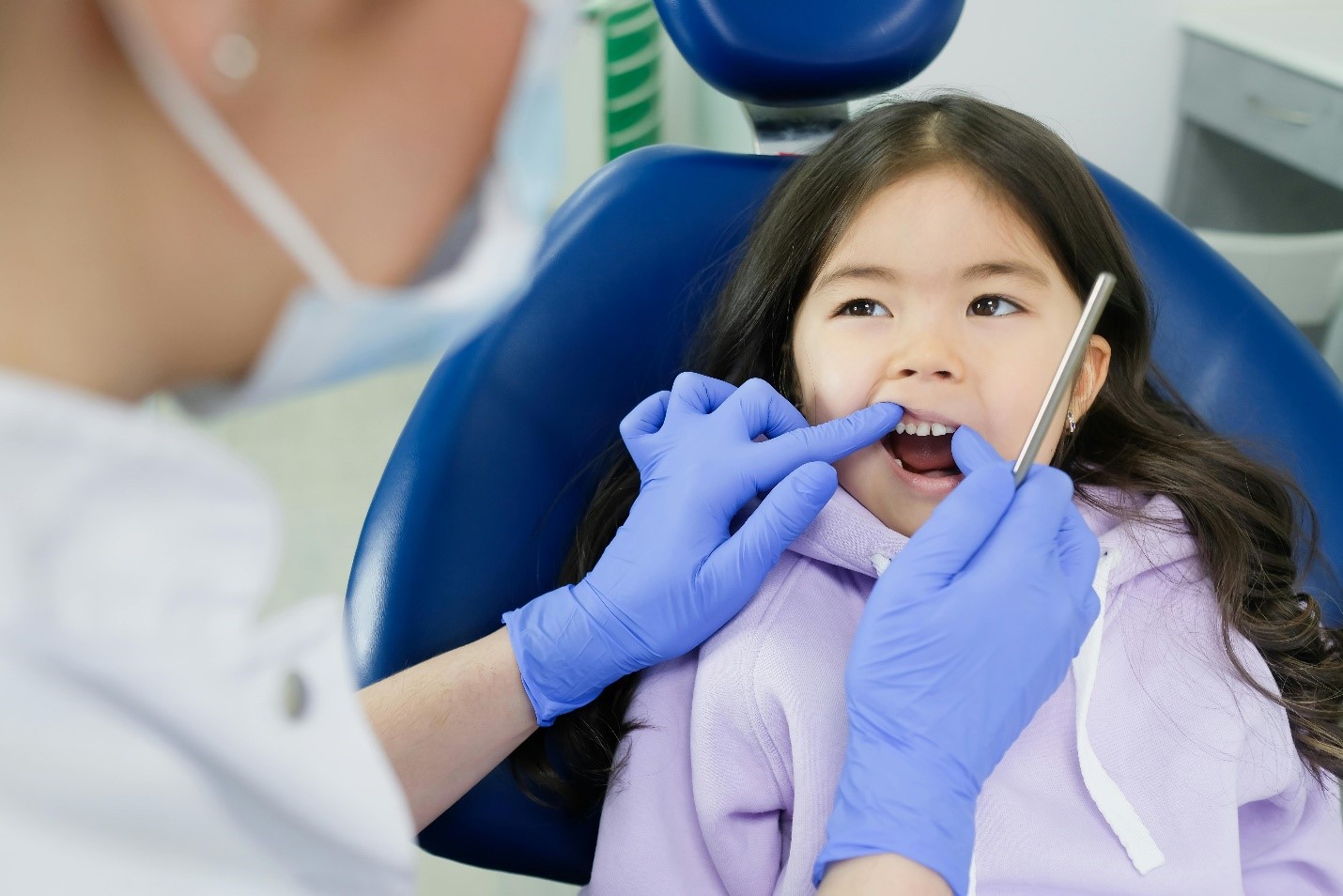Doctor Yen recommends early orthodontic intervention, ideally between the ages of 12 and 16, during the transition from baby teeth to permanent teeth. However, in some cases with severe skeletal discrepancies or malocclusions, earlier treatment may be necessary. This period is considered the "golden time" for repositioning teeth, facilitating faster movement and shorter treatment duration. Modern methods like Invisalign clear aligners address the limitations of traditional braces, enabling easier oral hygiene and reducing the risk of cavities during early orthodontic treatment while still achieving optimal results.
"During this stage, correcting bite issues, overbites, or crowded teeth is often easier without tooth extraction. Due to effective force application, teeth move quickly, resulting in high aesthetic outcomes," said Doctor Hai Yen. "When orthodontics is performed at the right age, children can maintain stable results long-term without relying heavily on retainers after adulthood."
 |
Misaligned teeth significantly affect aesthetics and pronunciation. Photo: Pexels |
Misaligned teeth significantly affect aesthetics and pronunciation. Photo: Pexels
It's important to note that a child's jaw, teeth, and gums continue to develop after orthodontic treatment concludes. Typically, girls develop until around 16, while boys develop until around 18. Therefore, even after achieving a standard bite, parents should schedule regular check-ups with a specialist to promptly detect any oral abnormalities.
Benefits of early orthodontic treatment for children
According to Doctor Hai Yen, achieving optimal results becomes more challenging with age. Therefore, early orthodontic treatment allows children to have both aesthetically pleasing teeth and a balanced facial structure, while also saving on costs.
Early intervention allows orthodontists to influence jaw development, creating a balanced facial structure and limiting deformities. Simultaneously, issues like overbites, underbites, narrow jaws, malocclusions, or gummy smiles can be effectively improved with orthodontic appliances during jaw growth.
 |
Early orthodontic treatment saves costs and time. Photo: Pexels |
Early orthodontic treatment saves costs and time. Photo: Pexels
Furthermore, early orthodontic treatment simplifies the process, often avoiding tooth extraction or complex surgical procedures. Beyond aesthetics, early intervention protects oral health and prevents many dental conditions. Children receive close monitoring and personalized treatment plans based on their age, ensuring long-term effectiveness.
The appropriate age for children's orthodontic treatment
Orthodontic treatment during a child's developmental years is considered the optimal solution for effective results, especially with clear aligners, guiding teeth into their correct positions and shortening treatment time. At this stage, teeth and jawbones are not yet fixed, making adjustments easier and less painful than in adulthood. This not only results in straight teeth but also reduces the risk of complex jaw surgery later.
Parents should take their children for dental check-ups from 6 to 7 years old to assess tooth eruption and bite. If any abnormalities are detected, the orthodontist can intervene early with appropriate measures. The "golden period" for fixed braces is from 12 to 16, within the first two years of puberty. This is a period of rapid growth, with the jawbone still flexible and easily molded to achieve a standard bite, ensuring beautiful and healthy teeth for the long term.
 |
Timely check-ups for early orthodontic treatment for children. Photo: Pexels |
Timely check-ups for early orthodontic treatment for children. Photo: Pexels
In children's orthodontics, Doctor Hai Yen emphasizes the importance of choosing the "right time." Intervention too early, when the jaw is still small and baby teeth haven't been fully replaced, can prolong treatment, reduce effectiveness, and increase the risk of cavities. Conversely, during jaw development, orthodontists can predict growth to create precise treatment plans, ensuring sufficient space for teeth alignment at a lower cost compared to adult orthodontics.
Each child develops at a different pace; some experience skeletal growth from 12, while others might not be suitable until 15. Therefore, consultations and assessments with specialized orthodontists are essential to determine the "golden time" for each child's orthodontic treatment.
The Dan












